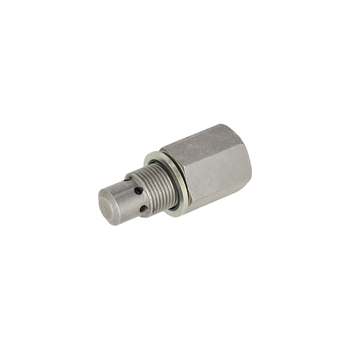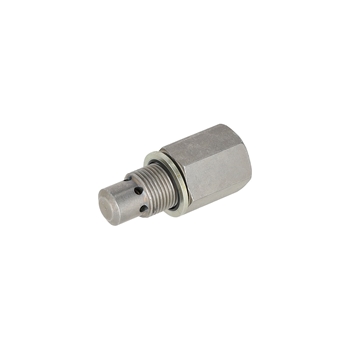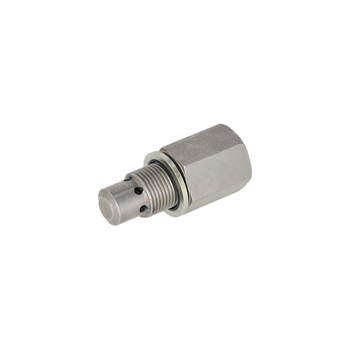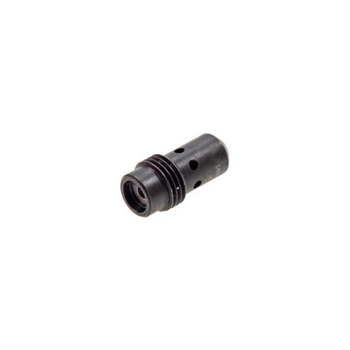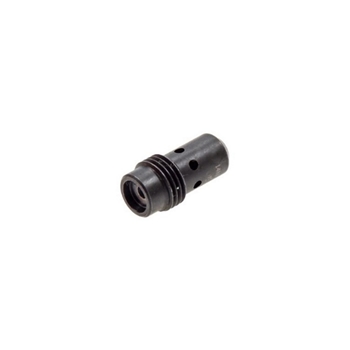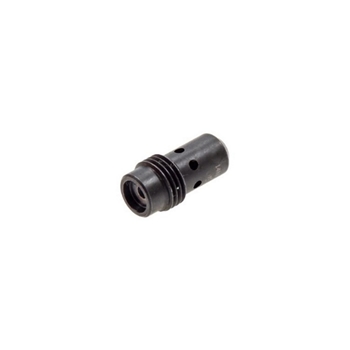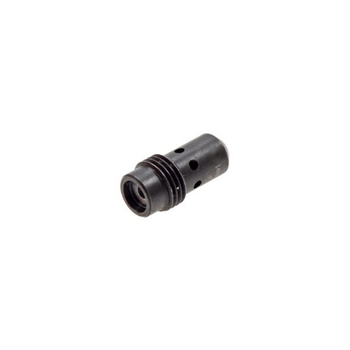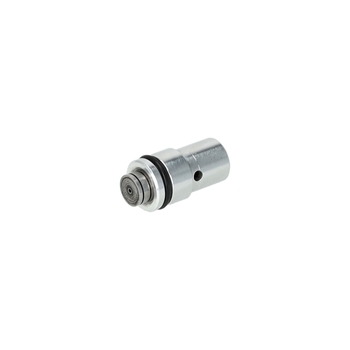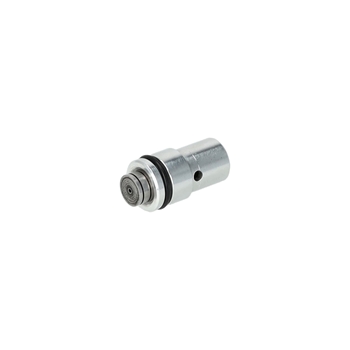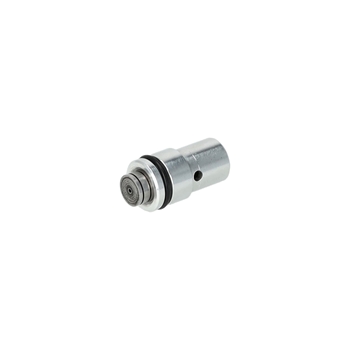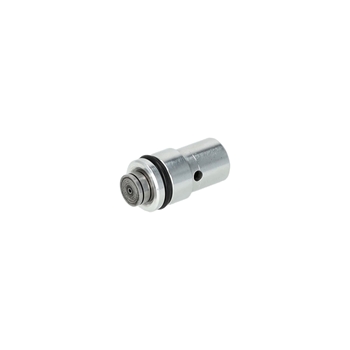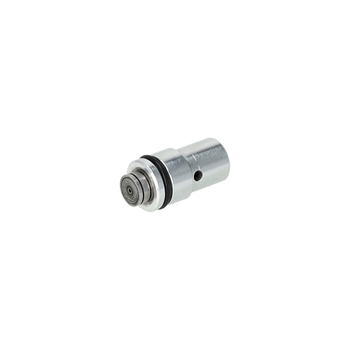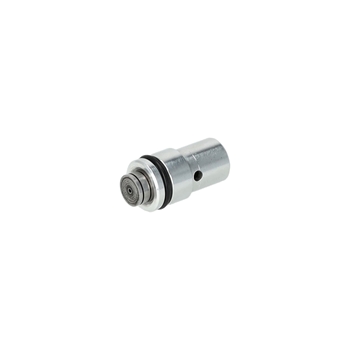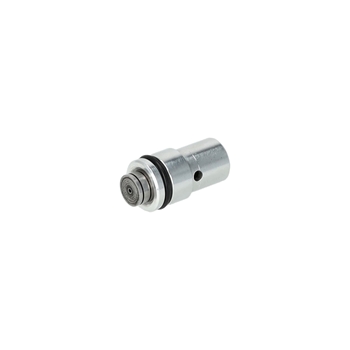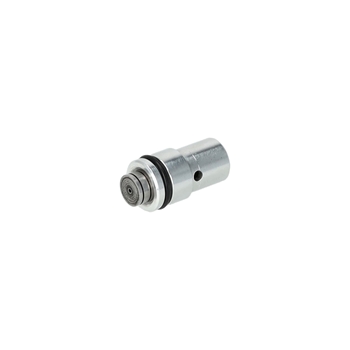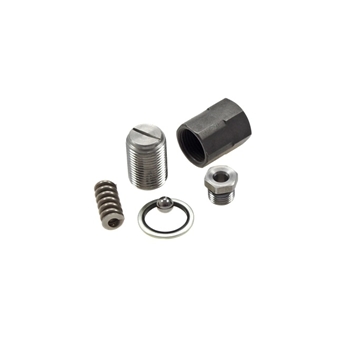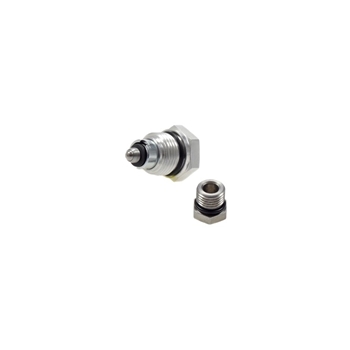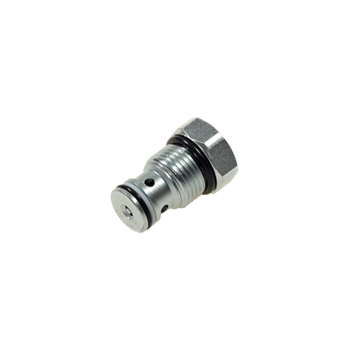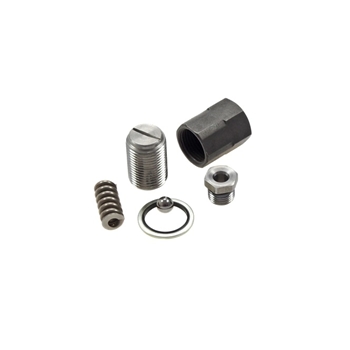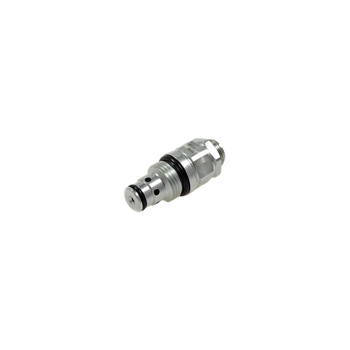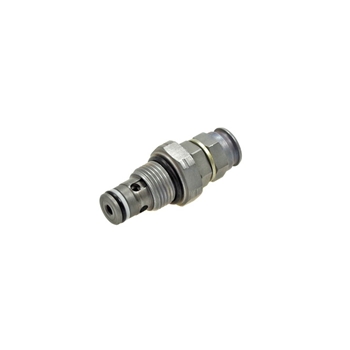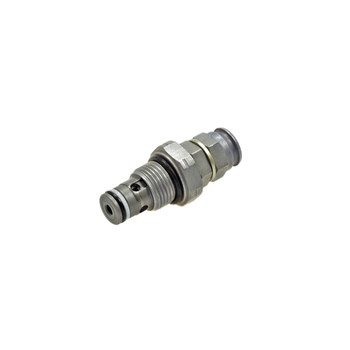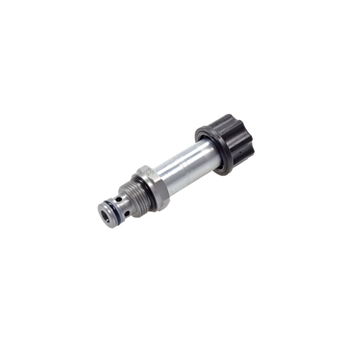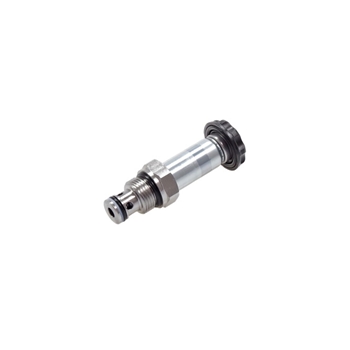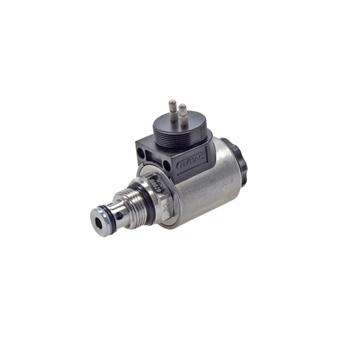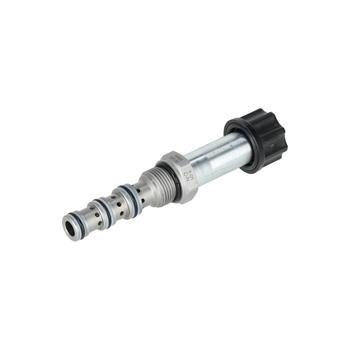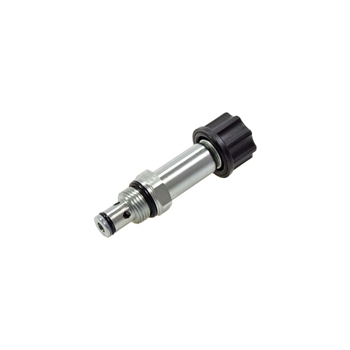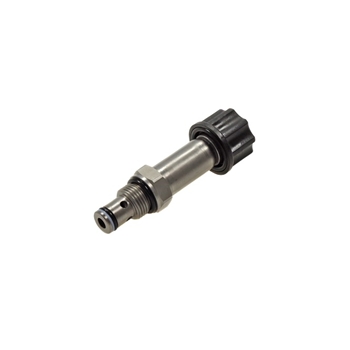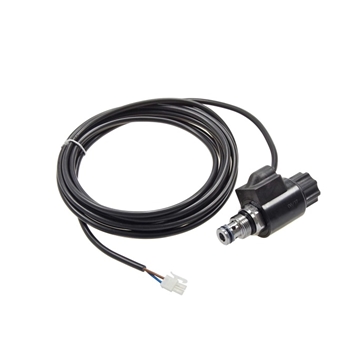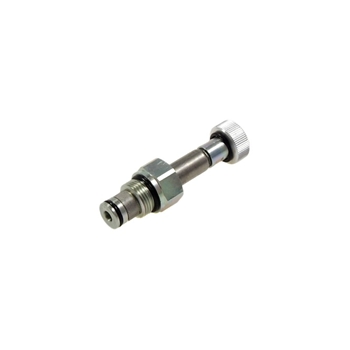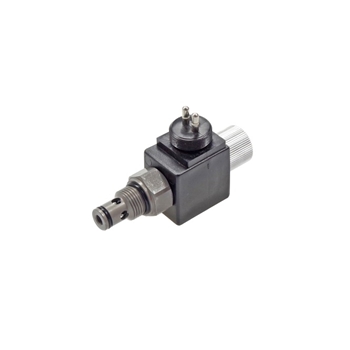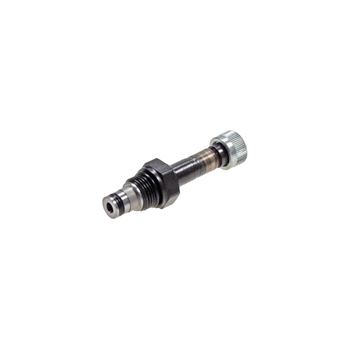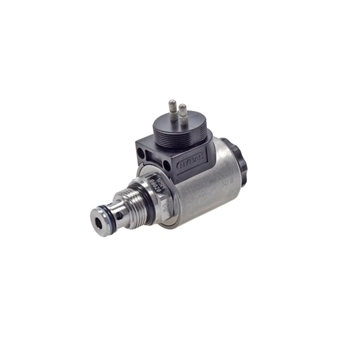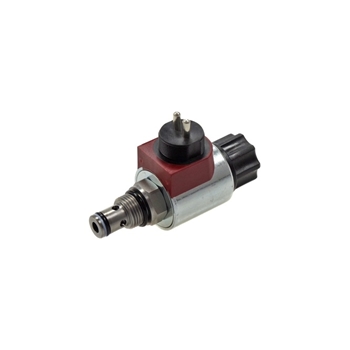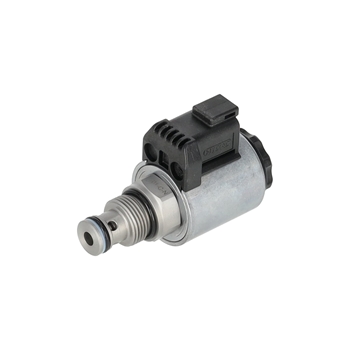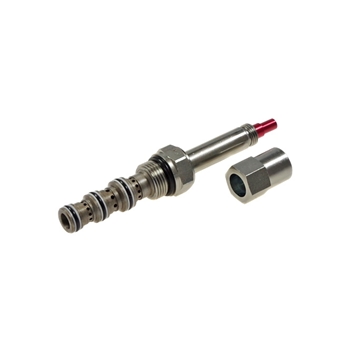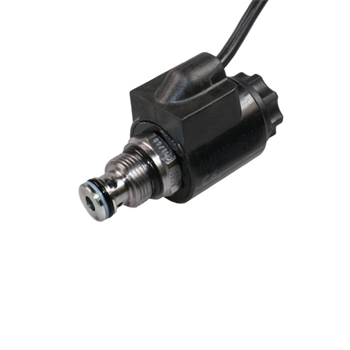Hydraulic valves – The control unit of every tail gate and lift gate
Hydraulic valves are among the central components of every modern tail gate. They precisely regulate the flow of hydraulic fluid and control all lifting, lowering, and tilting movements of the platform. In truck lift gates, they manage accurate pressure distribution and ensure smooth, even movement. Whether in daily fleet operation, workshop use, or individual applications – reliable hydraulic valves stand for safety, efficiency, and consistent performance throughout the system. In intensive transport operations, it is crucial to rely on components that perform reliably even under heavy load. SULEJ Ladebordwand uses certified original parts from leading manufacturers – durable, precise, and designed for continuous professional use.
Function and technical diversity – What hydraulic valves do
The hydraulic valve plays a central control role in the hydraulic system of a tail gate or lift gate. By selectively switching, metering, and blocking the oil flow, it enables precise cylinder movements – such as lifting, lowering, closing, or tilting the platform. This ensures all movements work harmoniously together, allowing the platform to operate smoothly and safely. High-quality hydraulic valves are made from durable materials and pressure-resistant alloys. Precisely manufactured valve seats, pistons, and sealing systems ensure long-lasting tightness, quick response times, and reliable performance – even under pressure fluctuations and temperature changes. The combination of precision, material quality, and switching speed makes hydraulic valves the connecting element between pump, cylinder, and control unit – the functional core of any powerful hydraulic system.
From pressure relief valves to directional valves – Diversity with purpose
Solenoid valves: electrically controlled valves designed for fast and precise switching operations. They control hydraulic oil flow exactly and ensure rapid platform response.
Directional valves: regulate the flow direction of the oil and determine whether the platform lifts, lowers, or tilts. They form the foundation for controlled and consistent motion.
Pressure relief and overpressure valves: protect the system from overload by automatically redirecting oil flow when pressure becomes too high, preventing damage to cylinders, lines, and seals.
Check and flow control valves: ensure a consistent oil flow and prevent uncontrolled platform lowering. They also allow smooth, finely tuned movements even under variable loads.
Cartridge valves (single- or double-acting): provide precise cylinder control in compact systems. Integrated directly into valve blocks, they enable a space-saving and service-friendly design.
All valve types are designed for easy integration into existing hydraulic systems and deliver reliable performance under real working conditions – whether in distribution transport, workshops, or specialized lifting and tilting mechanisms.

